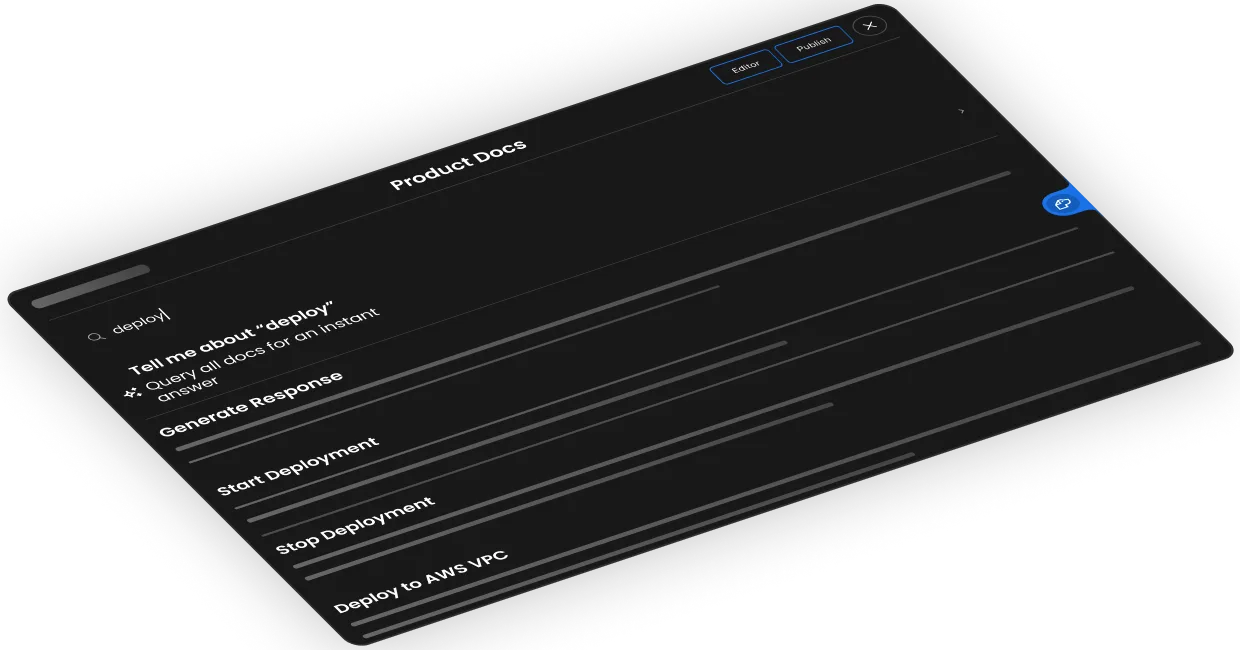Find answers instantly with semantic search that understands intent and delivers precisely what users are looking for
Natural language processing interprets questions as they're asked, handling synonyms, typos, and industry terminology without missing a beat








